The animal kingdom is vast and diverse, teeming with extraordinary creatures that captivate our imagination. While many animals are well-documented, some remain elusive and mysterious, their existence shrouded in legend or hidden deep within the most remote parts of the Earth. This article delves into the fascinating world of rare and mysterious animals, uncovering their unique traits, habitats, and the ongoing efforts to understand them better. From the dense rainforests to the ocean’s abyss, these animals represent nature’s most intriguing enigmas.
Target Keywords: rare animals, mysterious creatures, endangered species, unknown animals, cryptids, rare wildlife, elusive animals, conservation efforts, biodiversity
1. The Aye-Aye: Madagascar’s Enigmatic Primate
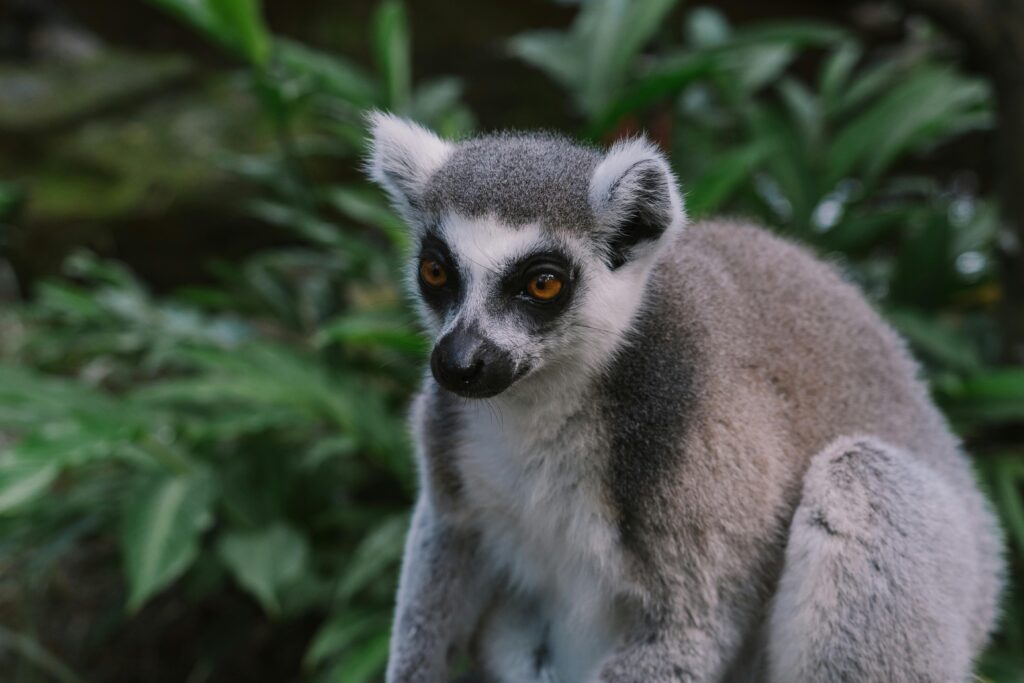
The Aye-Aye (Daubentonia madagascariensis) is a rare primate native to Madagascar and one of the most unusual creatures in the animal kingdom. This nocturnal animal is distinguished by its large, bat-like ears, rodent-like teeth, and a long, thin middle finger that it uses to extract insects from trees. For years, local Malagasy people believed the Aye-Aye was an omen of death, leading to its persecution and decline.
Conservationists are working to change these perceptions, but the Aye-Aye remains vulnerable due to habitat destruction and hunting. Today, it’s protected under Malagasy law, but sightings of this elusive creature are still incredibly rare.
Key Facts:
Status: Endangered
Meaning: The Aye-Aye is at high risk of extinction in the wild. Its population is rapidly declining due to habitat destruction and human persecution.
Habitat: Rainforests of Madagascar
Meaning: The Aye-Aye lives exclusively in the tropical forests of Madagascar, which are shrinking due to logging and agricultural activities.
Population: Less than 1,000 in the wild
Meaning: Fewer than 1,000 individuals are estimated to remain, making the species highly vulnerable to extinction.
Target Keywords: rare animals, endangered species, Madagascar wildlife, conservation efforts, primates, nocturnal animals.
2. The Saola: Asia’s “Asian Unicorn”

The Saola (Pseudoryx nghetinhensis), often referred to as the “Asian Unicorn,” is one of the world’s rarest and most mysterious animals. Discovered only in 1992 in the Annamite Mountains along the Laos-Vietnam border, this antelope-like creature remains an enigma to scientists due to its elusive behavior. The Saola has rarely been seen in the wild, and photographs of it are even rarer.
Despite its large size, the Saola is almost impossible to observe in its natural habitat. Scientists believe it is on the brink of extinction, with conservation efforts focused on preserving its shrinking habitat and preventing poaching.
Key Facts:
Status: Critically Endangered
Meaning: The Saola faces an extremely high risk of extinction in the near future, largely due to human activity.
Habitat: Annamite Mountains, Laos and Vietnam
Meaning: Saolas are found only in the remote, mountainous forests between Laos and Vietnam, a difficult terrain that adds to their elusiveness.
Population: Fewer than 100 individuals
Meaning: The Saola is so rare that only around 100 individuals are thought to be left in the wild, highlighting the urgency of conservation efforts.
Target Keywords: rare wildlife, mysterious creatures, Asian wildlife, endangered species, elusive animals, conservation efforts
3. The Giant Squid: Deep-Sea Enigma

The Giant Squid (Architeuthis dux) is a creature straight out of myth and legend. For centuries, sailors told tales of monstrous sea creatures pulling ships beneath the waves, and the Giant Squid was at the heart of these stories. This elusive deep-sea dweller can grow up to 43 feet in length, with tentacles armed with powerful suckers.
Despite its size, the Giant Squid remained undocumented until 2004, when the first images of a live specimen were captured. Researchers continue to study this mysterious animal, but its deep-sea habitat makes observation and research incredibly challenging.
Key Facts:
Status: Not enough data to determine conservation status
Meaning: Scientists lack sufficient information about the population size and trends of the Giant Squid to assess whether the species is at risk.
Habitat: Deep ocean, typically around 1,000 to 3,000 feet deep
Meaning: The Giant Squid lives in the dark, deep regions of the ocean, far from the surface, which makes it difficult to observe and study.
Population: Unknown
Meaning: There is no accurate estimate of the Giant Squid’s population due to its elusive and deep-sea nature.
Target Keywords: deep-sea creatures, rare animals, cryptids, mysterious animals, ocean wildlife, marine biology
4. The Kakapo: The World’s Only Flightless Parrot
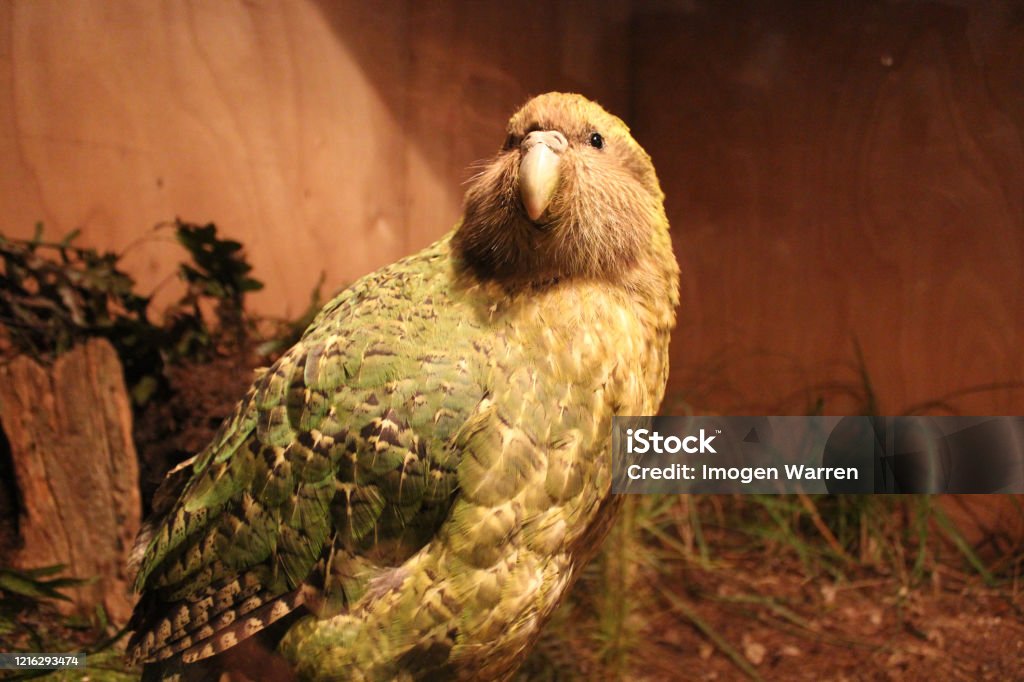
Native to New Zealand, the Kakapo (Strigops habroptilus) is an extraordinary bird that defies expectations. Unlike most parrots, the Kakapo is nocturnal and flightless, using its strong legs to navigate the forest floor. This rare and endangered bird is known for its green, moss-like plumage, which helps it blend into its surroundings.
At one point, the Kakapo was nearly extinct due to habitat destruction and predation by introduced species. However, conservationists have worked tirelessly to save the species, and today, there are ongoing efforts to increase its population in protected areas.
Key Facts:
Status: Critically Endangered
Meaning: The Kakapo is at an extremely high risk of extinction, with only a small number of individuals left.
Habitat: Island sanctuaries in New Zealand
Meaning: The Kakapo lives in isolated, predator-free islands in New Zealand, where they are closely monitored by conservationists.
Population: Approximately 250
Meaning: There are only about 250 Kakapos remaining, making it one of the world’s rarest birds.
Target Keywords: rare birds, New Zealand wildlife, endangered species, flightless birds, conservation success stories, nocturnal animals.
5. The Okapi: Africa’s Hidden Giraffe
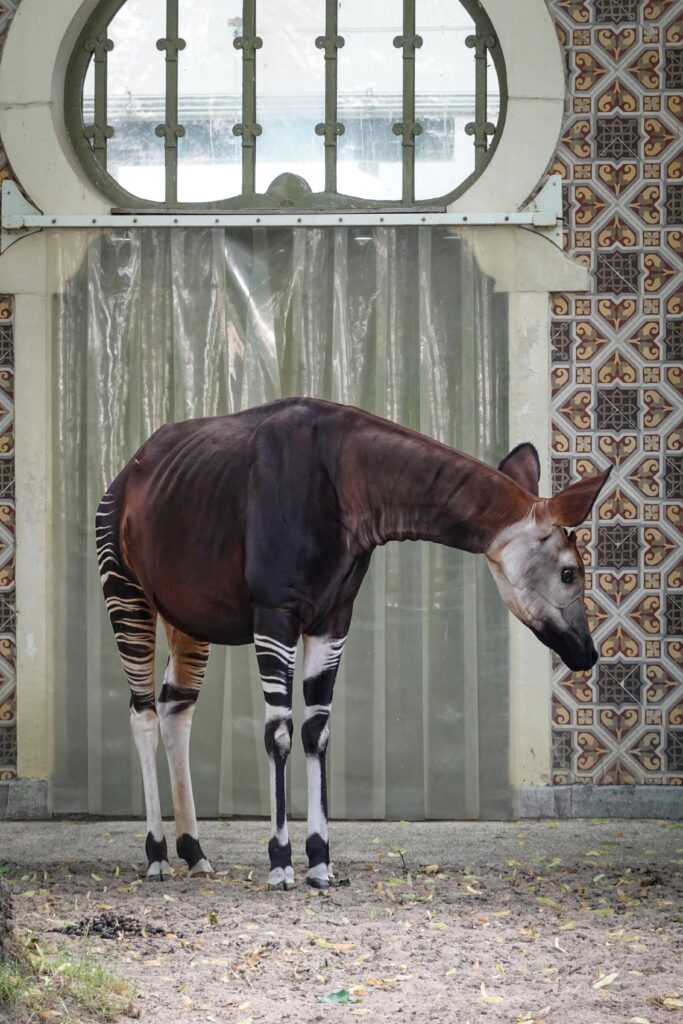
Often referred to as the “forest giraffe,” the Okapi (Okapia johnstoni) is a rare and mysterious animal native to the dense rainforests of the Democratic Republic of Congo. With its zebra-like stripes on its legs and a giraffe-like head, the Okapi is a unique mix of features that make it one of Africa’s most distinctive animals.Despite being related to giraffes, Okapis are incredibly shy and difficult to spot in the wild. They were only discovered by Western scientists in the early 20th century, though local communities had long been aware of their existence. Deforestation and illegal hunting pose significant threats to the Okapi, leading conservation organizations to prioritize its protection.
Key Facts:
Status: Endangered
Meaning: The Okapi is at significant risk of extinction due to poaching and habitat loss.
Habitat: Rainforests of the Democratic Republic of Congo
Meaning: Okapis live in dense tropical forests, primarily in the Congo, where they are hard to spot due to their camouflage.
Population: Less than 10,000 in the wild
Meaning: There are fewer than 10,000 Okapis left in the wild, making them one of Africa’s rarest large mammals.
Target Keywords: rare animals, African wildlife, endangered species, mysterious creatures, rainforest animals, wildlife conservation.
6. The Tasmanian Tiger: A Creature of Mystery
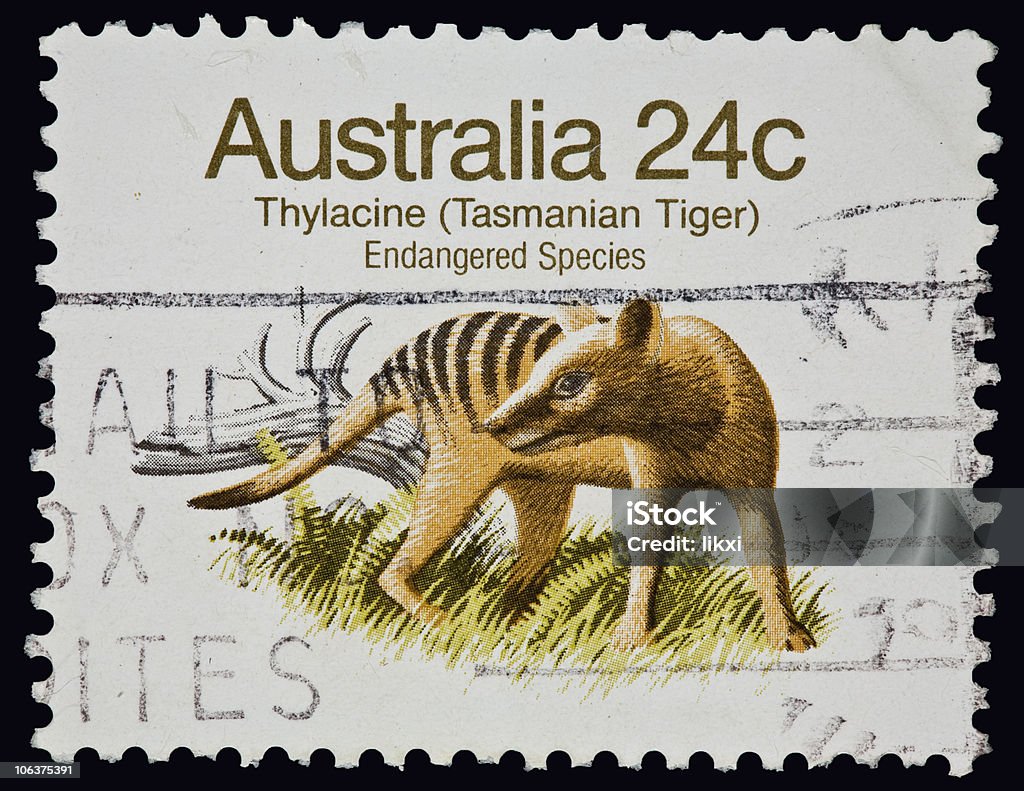
The Tasmanian Tiger, or Thylacine (Thylacinus cynocephalus), was once the top predator in Tasmania, but it was declared extinct in the 20th century after extensive hunting and habitat destruction. However, sightings of this mysterious creature continue to be reported, and some believe small populations may still exist in remote regions of Australia.
With its dog-like appearance and marsupial characteristics, the Thylacine has captured the imagination of cryptozoologists and animal enthusiasts alike. Conservation groups are investigating potential rewilding and de-extinction projects, though its existence remains speculative.
Key Facts:
Status: Officially Extinct
Meaning: The Tasmanian Tiger is considered extinct because no confirmed sightings or evidence of its survival have been found since the last one died in 1936.
Habitat: Historically Tasmania and mainland Australia
Meaning: Before its extinction, the Thylacine lived in the forests and grasslands of Tasmania and mainland Australia.
Population: Extinct, though possible sightings are still reported
Meaning: The species is believed to be extinct, but unconfirmed reports of sightings fuel speculation that small populations might still exist.
Target Keywords: cryptids, rare animals, extinct animals, mysterious creatures, Australia wildlife, Thylacine sightings.
7. The Vaquita: The World’s Most Endangered Marine Mammal
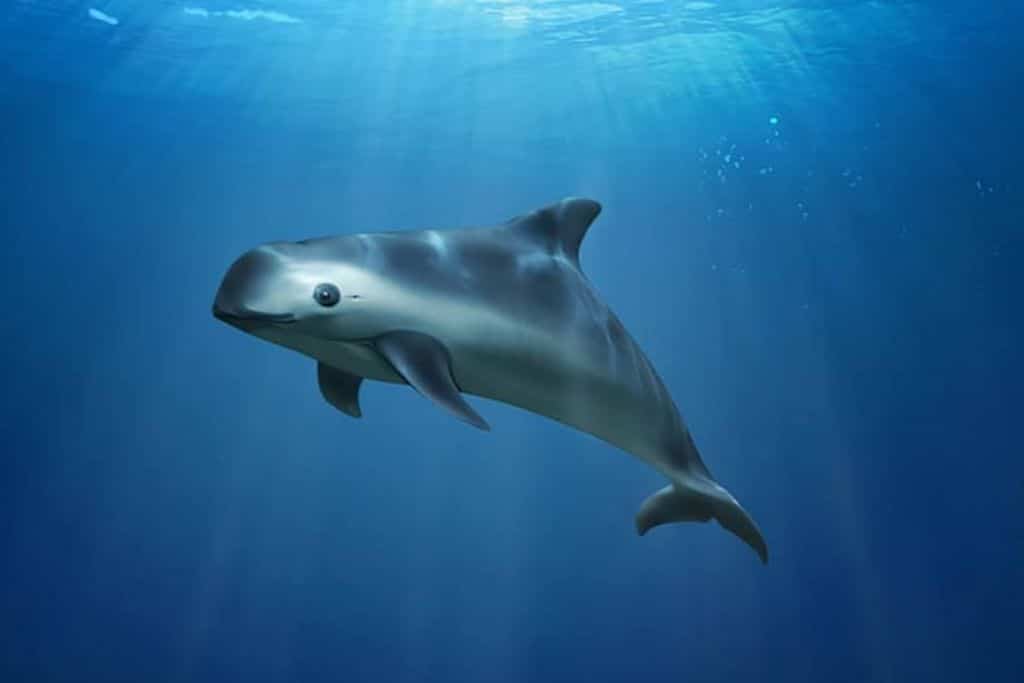
The Vaquita (Phocoena sinus) is a small, elusive porpoise that resides in the northern part of the Gulf of California. With fewer than 20 individuals estimated to remain, it holds the unfortunate title of the world’s most endangered marine mammal. This tiny porpoise is shy, avoiding human interaction, which has made it difficult for scientists to study and protect.The Vaquita is severely threatened by illegal fishing activities, particularly gillnets used to catch another endangered species, the totoaba. Conservation efforts have ramped up in recent years, but time is running out for this critically endangered animal.
Key Facts:
Status: Critically Endangered
Meaning: The Vaquita is at immediate risk of extinction, with fewer than 20 individuals left, making it the world’s most endangered marine mammal.
Habitat: Northern Gulf of California
Meaning: The Vaquita lives only in the northern part of the Gulf of California, a small region where it is vulnerable to fishing activities.
Population: Fewer than 20 individuals
Meaning: The Vaquita population has declined drastically, with fewer than 20 porpoises remaining, highlighting the urgent need for conservation efforts.
Target Keywords: endangered species, marine mammals, rare wildlife, conservation efforts, ocean animals, Vaquita porpoise.
8. The Javan Rhino: The Last of Its Kind
The Javan Rhino (Rhinoceros sondaicus) is another critically endangered species, with fewer than 80 individuals left in the wild. These rare rhinos can only be found in Ujung Kulon National Park in Indonesia, making them one of the world’s rarest large mammals. They are solitary animals that prefer to live in dense jungle areas, which makes observing them in the wild exceptionally difficult.Habitat destruction, poaching, and natural disasters like volcanic eruptions pose significant risks to the remaining Javan Rhino population. Conservationists are working to expand and protect their habitat in hopes of stabilizing the population.
Key Facts:
Status: Critically Endangered
Meaning: The Javan Rhino is at extreme risk of extinction, with only a few dozen individuals left, making it one of the rarest species on the planet.
Habitat: Ujung Kulon National Park, Indonesia
Meaning: The Javan Rhino is confined to a single location in the wild—Ujung Kulon National Park—where conservation efforts are focused.
Population: Fewer than 80 individuals
Meaning: The population of the Javan Rhino is incredibly small, with fewer than 80 individuals surviving in the wild, emphasizing the critical need for protection.
Target Keywords: rare animals, endangered species, rhinoceros conservation, Indonesian wildlife, mysterious creatures, wildlife protection.
Conclusion: Protecting Rare and Mysterious Animals
The world is home to countless rare and mysterious animals, each contributing to the rich biodiversity of our planet. Unfortunately, many of these species face significant threats, including habitat loss, climate change, and illegal poaching. Conservation efforts are essential to protect these animals and their ecosystems for future generations. As we continue to explore the farthest corners of the Earth, we may discover even more mysterious creatures, shedding light on the incredible diversity of life on our planet.
By raising awareness about these rare and elusive species, we can foster a greater understanding of the delicate balance of nature and the importance of preserving it. As science advances, who knows what other enigmatic creatures we may one day uncover?



